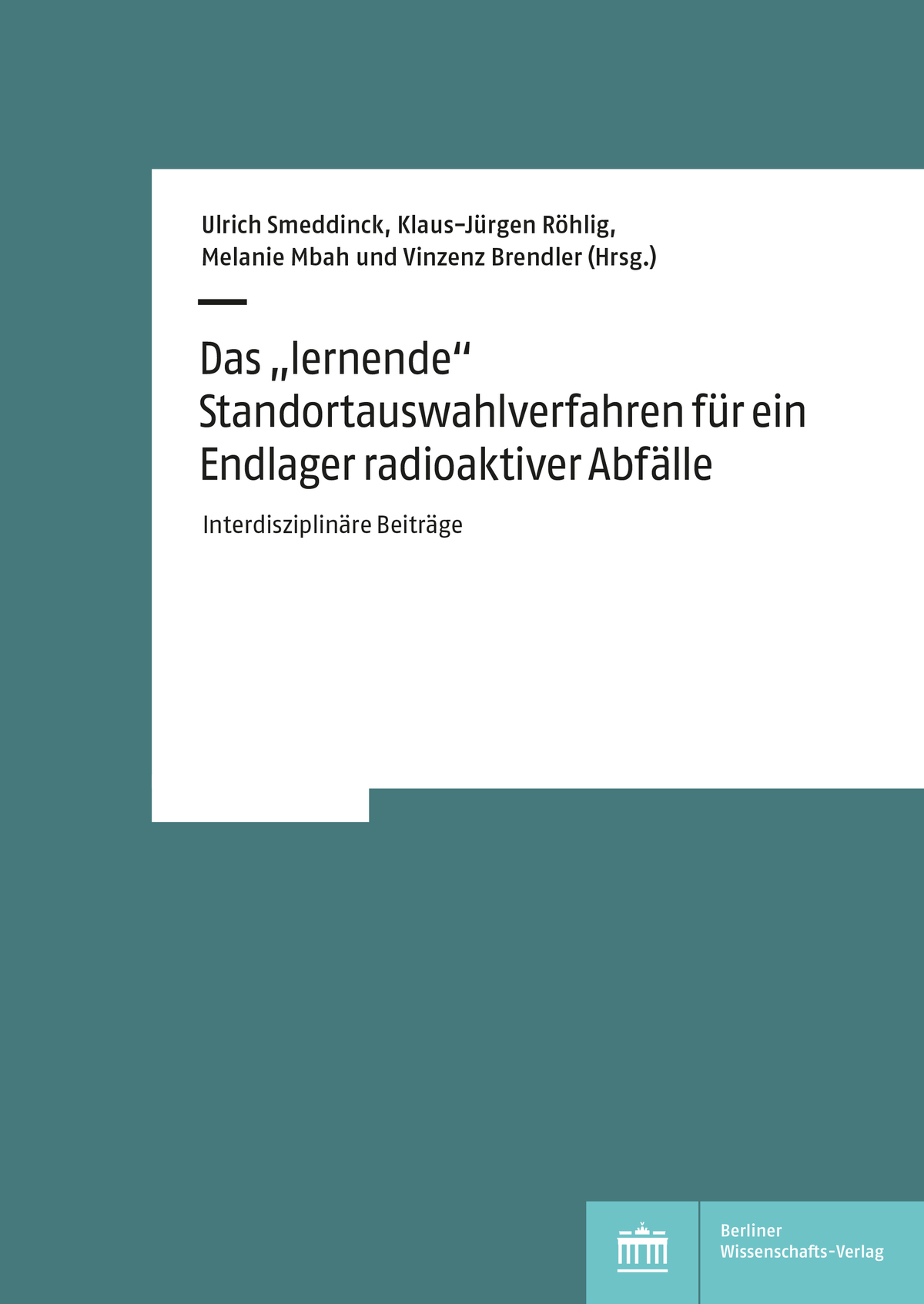Repository search: Publication on a “learning process”
The German Site Selection Act (StandAG), which came into force in May 2017, explicitly stipulates a “self-questioning and learning” procedure. “In the text of the law and its explanatory memorandum, however, there are hardly any indications as to what this means in concrete terms for the search for a repository,” says Ulrich Smeddinck. The lawyer is a researcher at ITAS and co-editor of the recently published volume „Das ‚lernende‘ Standortauswahlverfahren für ein Endlager radioaktiver Abfälle“ (The “learning” site selection procedure for a repository for high-level radioactive waste).
The publication brings together contributions from various disciplines and elaborates the technical requirements for a truly learning procedure. The authors also discuss to what extent the central actors engage in the technical and civil society debate on a learning procedure and actually take it into account in the search for a site. (01.12.2022)
Bibliographic data:
Smeddinck, Ulrich; Röhlig, Klaus-Jürgen; Mbah, Melanie; Brendler, Vinzenz (eds.)
Das „lernende“ Standortauswahlverfahren für ein Endlager radioaktiver Abfälle. Interdisziplinäre Beiträge. Berlin: Berliner Wissenschaftsverlag, 2022, 120 pp., ISBN 978-3-8305-5182-9
Publisher information and full text (Open Access)


